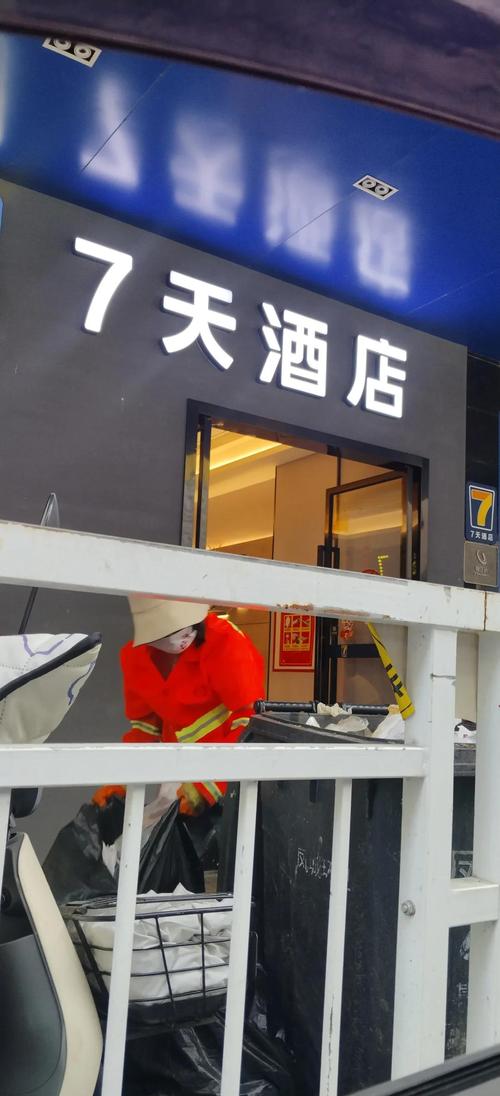七天连锁酒店是中国一个非常知名的经济型连锁酒店品牌,以其“干净、舒适、实惠”的特点,在中国的大中小城市拥有大量的分店,为商务出差和旅游的客人提供标准化的住宿服务。

(图片来源网络,侵删)
下面我们从几个方面来拆解这个名称的含义:
“连锁” (Chain) 的含义
这是“连锁酒店”最核心的概念。
- 标准化: 这意味着无论你在中国哪个城市,走进任何一家“七天连锁酒店”,你得到的体验都应该是相似的,这包括:
- 房间设施: 床品、洗漱用品、空调、电视、Wi-Fi等配置基本一致。
- 服务流程: 预订、入住、退房等流程都有统一的标准。
- 品牌形象: 酒店的Logo、装修风格、员工制服等都是统一的。
- 规模效应: 因为有全国成百上千家店,酒店集团可以大规模采购物资(如床单、毛巾),降低成本;也可以集中进行市场营销,提高品牌知名度,这些优势最终会体现在更低的价格上。
- 品牌保障: 对消费者而言,选择连锁酒店意味着你选择的是一个有信誉、有管理的品牌,而不是一家不知名的小旅馆,质量和卫生相对更有保障。
“七天” (7 Days) 的含义
“七天”这个品牌名字有几个层面的解读:
- 最直接的解释:住满7天更划算。 这是品牌创立初期最核心的营销策略之一,推出“住7送1”或长期入住有折扣的活动,吸引需要长时间住宿的客人(如商务长驻、项目组、培训人员等),从而提高入住率和客户忠诚度。
- 象征意义:一周的便利。 “七天”代表了一周(7天),暗示着酒店可以满足你一周之内的任何住宿需求,无论是出差一天,还是旅游一周,都能提供便捷、可靠的服务。
- 品牌名称: 它就是一个简单、好记、朗朗上口的名字,容易被消费者记住。
“酒店” (Hotel) 的含义
这部分比较好理解,它指明了这是一个提供住宿服务的商业实体,与其他类型的住宿相比,酒店通常提供更完善的服务,如前台接待、客房打扫、24小时前台等。

(图片来源网络,侵删)
总结与补充
核心特点:
- 定位:经济型酒店 (Budget Hotel)。 这是它的市场定位,价格通常比四星、五星级酒店便宜很多,但比招待所、青年旅社更舒适、设施更完善。
- 目标客群: 主要面向商务人士和价格敏感的旅游者,他们需要的是一个干净、安全、地理位置方便、价格合理的落脚点,而不是奢华的享受。
- 优势:
- 价格实惠: 是其最大的吸引力。
- 网点密集: 在中国的城市里,尤其是在火车站、汽车站、商业区附近,很容易找到一家七天酒店。
- 预订方便: 早期就非常重视线上预订,通过官网、电话、App等渠道可以轻松预订。
品牌归属与发展:
“七天连锁酒店”的母公司是“铂涛酒店集团”,后来,铂涛集团与如家酒店集团、华住酒店集团(旗下有汉庭、全季等)并称为中国经济型酒店市场的“三巨头”。
如果你去搜索“七天连锁酒店”,会发现它已经升级为“7天优品” (7 Days Premium),这是品牌在2025年推出的升级版,旨在提升服务品质和硬件设施,向中端市场发展,但仍然保留了“七天”这个核心品牌名。
当人们提到“七天连锁酒店”,指的就是那个以“经济实惠、干净便捷”著称,遍布中国各地的连锁酒店品牌,它是中国经济型酒店发展史上的一个标志性品牌。

(图片来源网络,侵删)




